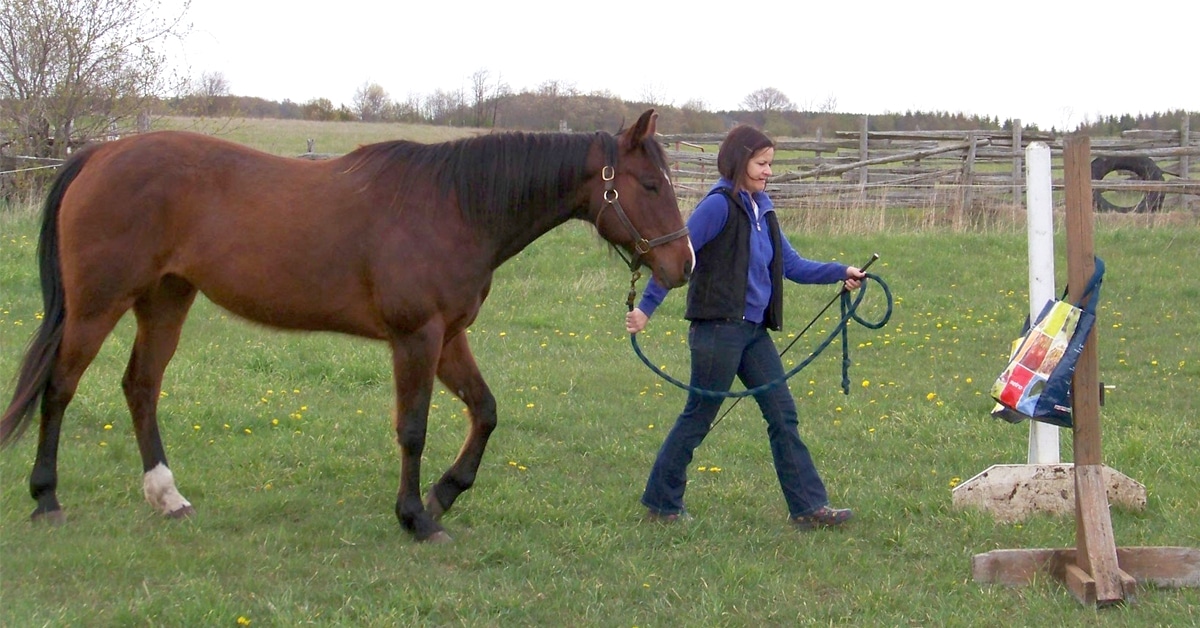As prey animals, horses are instinctively inclined to be afraid of unfamiliar objects, smells, and sounds. And as herd animals, they are naturally fearful when separated from other horses. For our horses’ overall well being, we need to help them to feel safe in situations that are completely unnatural to them.
Because horses communicate with their body language, it’s important that you understand and interpret it appropriately. Unfortunately, the horse’s behaviour is often misinterpreted, not noticed or even ignored. So, the early signs of anxiety or stress are missed or even punished, resulting in an escalation of the behaviour to something more dangerous like bucking, bolting or biting.
Sometimes the horse is labelled as naughty, stubborn, or disrespectful. However, less aggressive behaviours such as planting his feet, turning or backing away, grabbing something with his mouth, and pawing are all signs that he is having a fear response.

